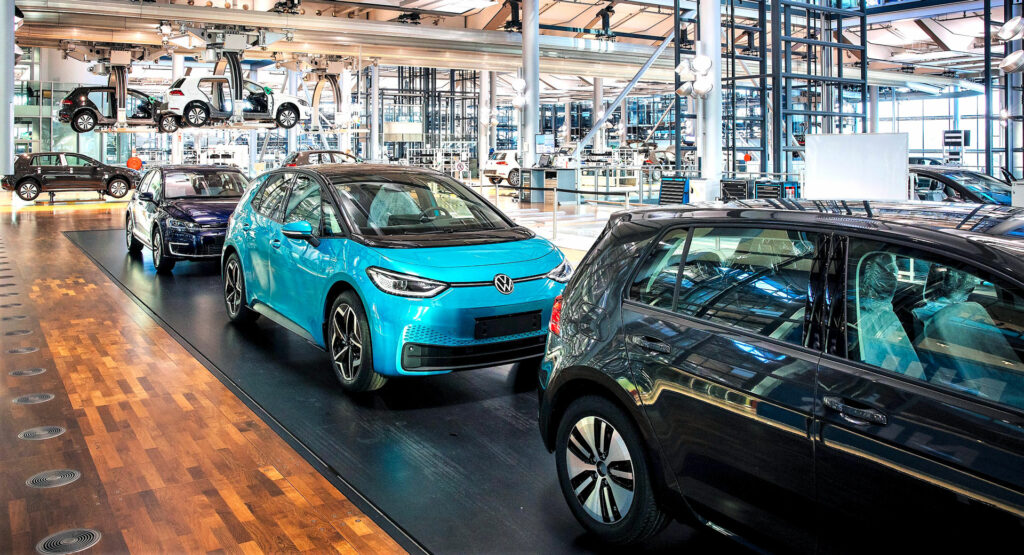Car production in Europe could fall by more than 1 million vehicles per quarter due to its ongoing energy crisis.
S&P Global Mobility believes that output could begin to fall starting late this year and continue through 2023. Analysts state that parts shortages and supply bottlenecks will weigh most heavily on automakers from November through the spring of 2023 and that things could get worse if energy is cut during the winter months.
While governments in Europe are trying to minimize the impact of the energy crisis, the measures taken may not be enough to shield the automotive industry from production halts. S&P Global Mobility says that just-in-time supply models could face problems and that factories may have to halt “shipments of completed vehicles due to shortages of single components.”
Read Also: Renault Targets $2.2 Billion Annual Revenue By Recycling Old Cars
Forecasts had indicated that European car factories could produce between 4 million and 4.5 million vehicles per quarter but if energy restrictions are put in place, this could drop to 2.8 million per quarter, resulting in a loss of between 4.8 million to 6.8 million on an annual basis.
“The pressure on the automotive supply chain will be intense, especially the more one moves upstream from vehicle manufacturing,” analyst Edwin Pope told Auto News.
S&P Global Mobility’s forecast analyzed 11 major car production hubs in Europe, ranking them according to which ones are best positioned to withstand energy issues this coming winter. The report notes that the Czech Republic and Germany are positioned well, in particular Germany because of its low reliance on gas-derived electricity and its current levels of gas storage.
Things aren’t so pretty in Spain, Italy, and Belgium, will all three receiving poor scores on energy self-sufficiency.





